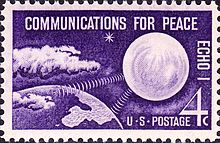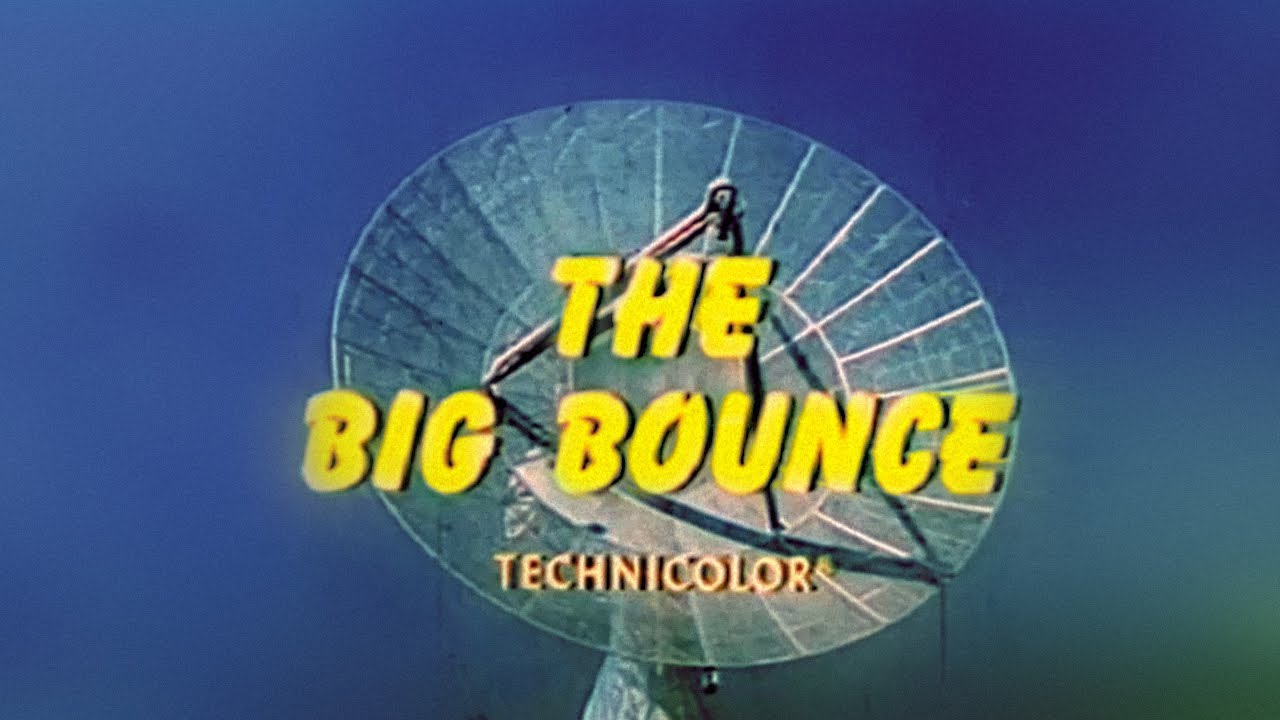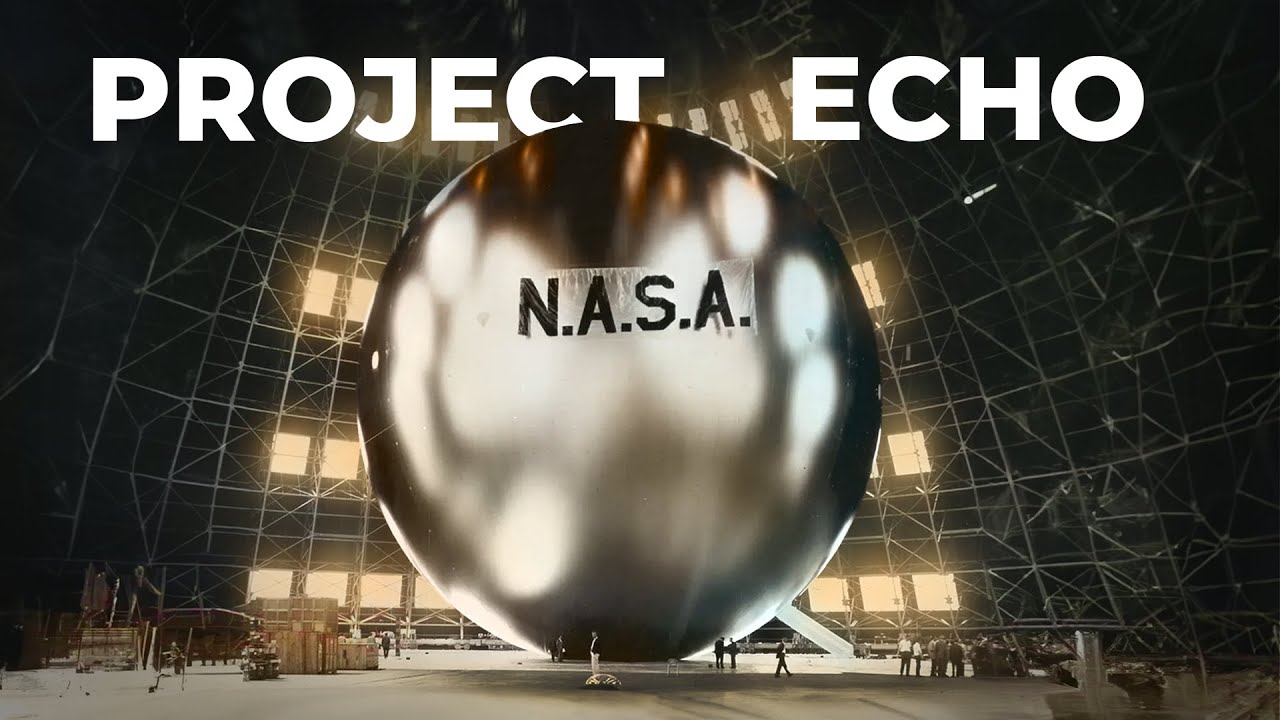The world’s first communication satellite was entirely passive: a 30.48 metre aluminised plastic balloon called Echo 1, launched on 1960-08-12 by a Thor Delta rocket into a 1524×1684 km orbit at 47.2° inclination. Large antennas at Bell Laboratories in Holmdel, New Jersey and NASA at Goldstone, California were used to bounce microwave signals off the balloon as it was simultaneously in view of both, sending the first recorded audio (a message from President Eisenhower) and later the first telephone call via satellite. In April, 1962, a brief live television transmission was bounced off Echo 1. The U.S. Post Office commemorated Echo 1 on a 1960 stamp.

Echo 1 was followed into orbit by Echo 2, a larger (41 metre) balloon placed into an 81° inclination orbit to provide coverage at a wider range of latitudes. These huge spherical balloons were easily seen when illuminated by sunlight in night skies, and I recall seeing both of them on several occasions.
The Holmdel horn antenna and MASER receiver shown in the film was the same which later discovered the cosmic microwave background radiation, winning the Bell Labs scientists who identified it the Nobel Prize in physics for 1978.
The film briefly discusses the prospect of active geostationary satellites but says, “this high orbit, 22,000 mile system is, at best, far in the future”. In fact, it would only be four years later that Syncom 3 became the world’s first geostationary communication satellite, relaying television coverage of the 1964 summer Olympics from Tokyo to the United States.

